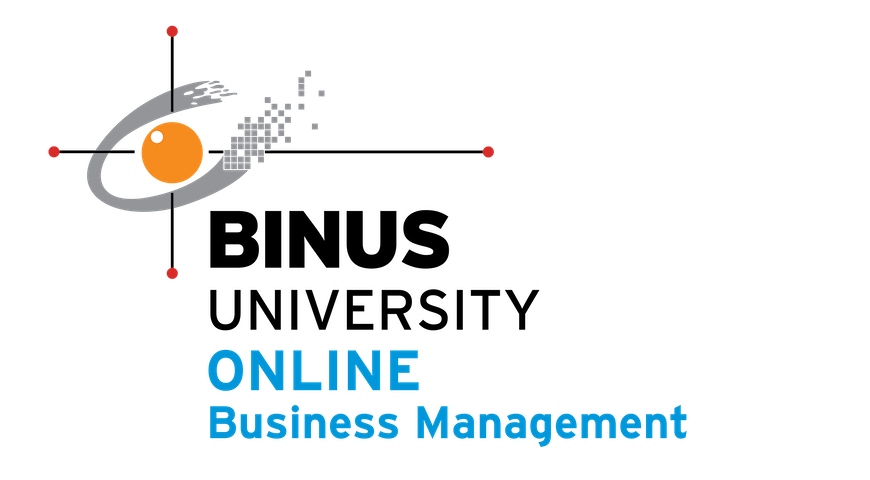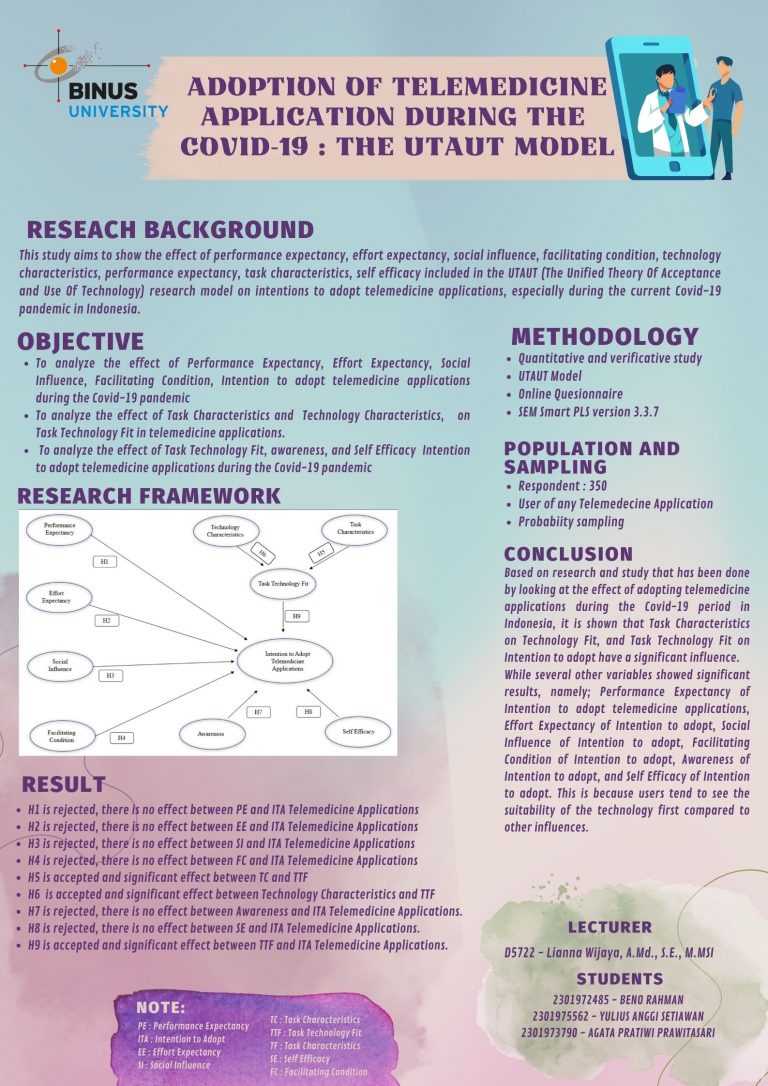Adoption Of Telemedicine Application During The COVID-19 : The UTAUT Model
The COVID-19 pandemic significantly impacted healthcare delivery, pushing the adoption of telemedicine applications. The UTAUT model, which examines factors influencing technology acceptance, can be applied here. UTAUT suggests four key determinants: performance expectancy (belief in telemedicine’s benefits for patients and doctors), effort expectancy (ease of using the application), social influence (encouragement from peers or healthcare providers), and facilitating conditions (availability of necessary devices and internet access). By understanding these factors, healthcare providers and policymakers can create strategies to promote the use of telemedicine applications, ultimately improving access to healthcare services during and beyond the pandemic.
Telemedicine applications can play a crucial role in strengthening early warning and risk reduction for health emergencies like COVID-19. By enabling remote consultations and reducing unnecessary physical visits, telemedicine can help prevent the spread of infectious diseases and ensure continuity of care during lockdowns or disruptions to traditional healthcare services. Telemedicine can address geographical and socioeconomic inequalities in healthcare access. The UTAUT model highlights factors like “effort expectancy” (ease of use) and “facilitating conditions” (device and internet access). Focusing on developing user-friendly applications and ensuring affordable internet connectivity in underserved areas can make telemedicine a viable option for those who may face geographical or financial barriers to traditional healthcare services.
Keywords: SDG 3 (health) , SDG 10 (equality economic financial socio-economic)



Comments :